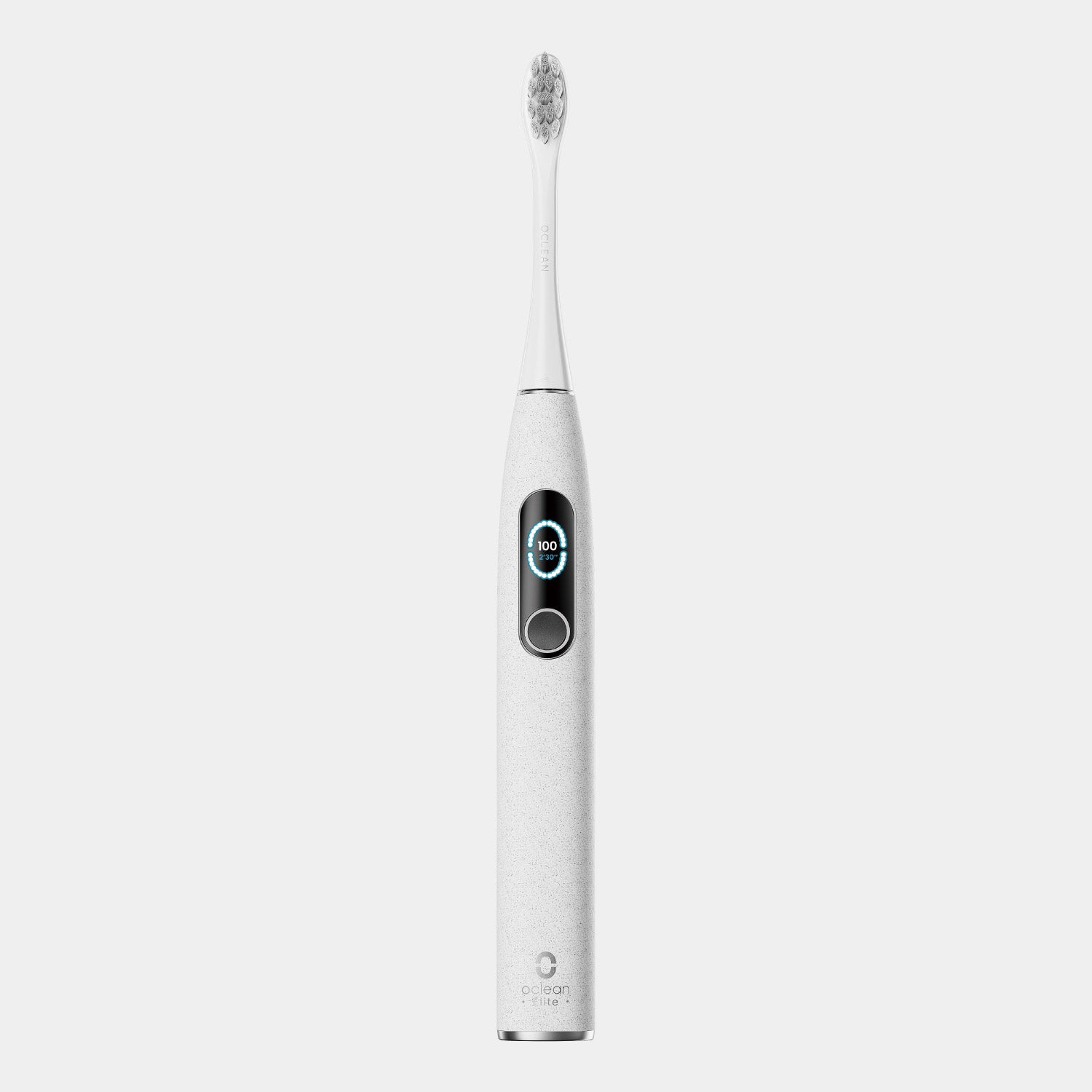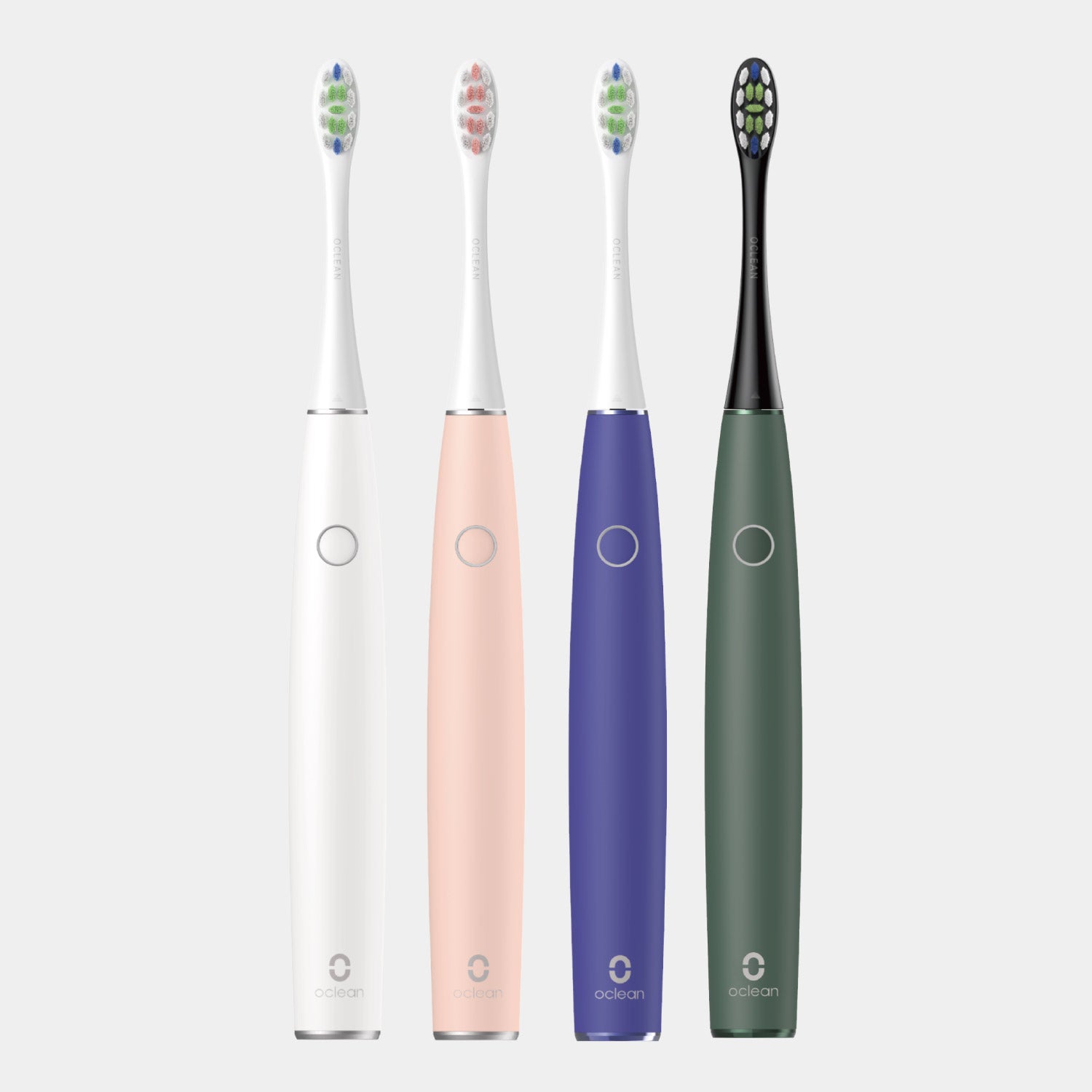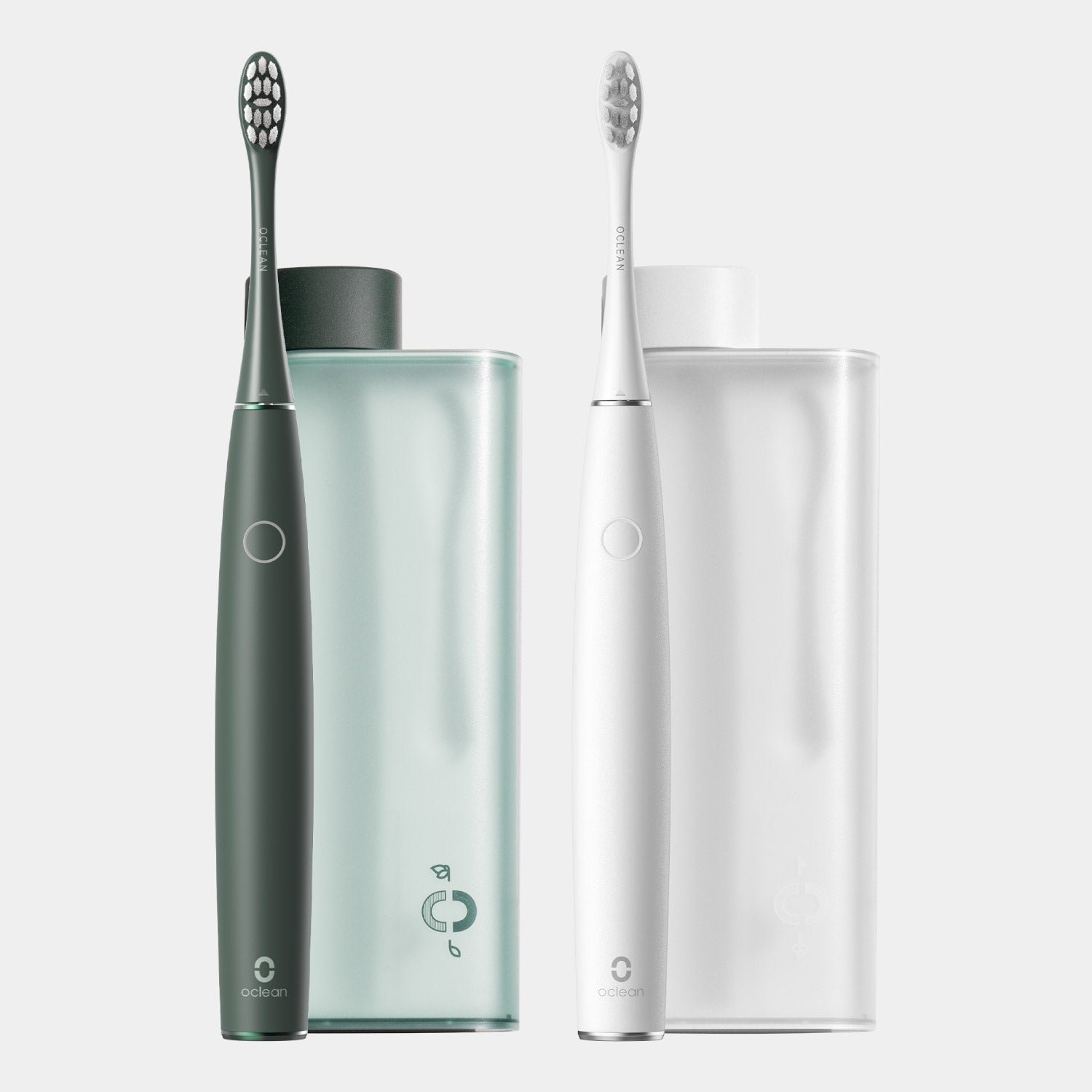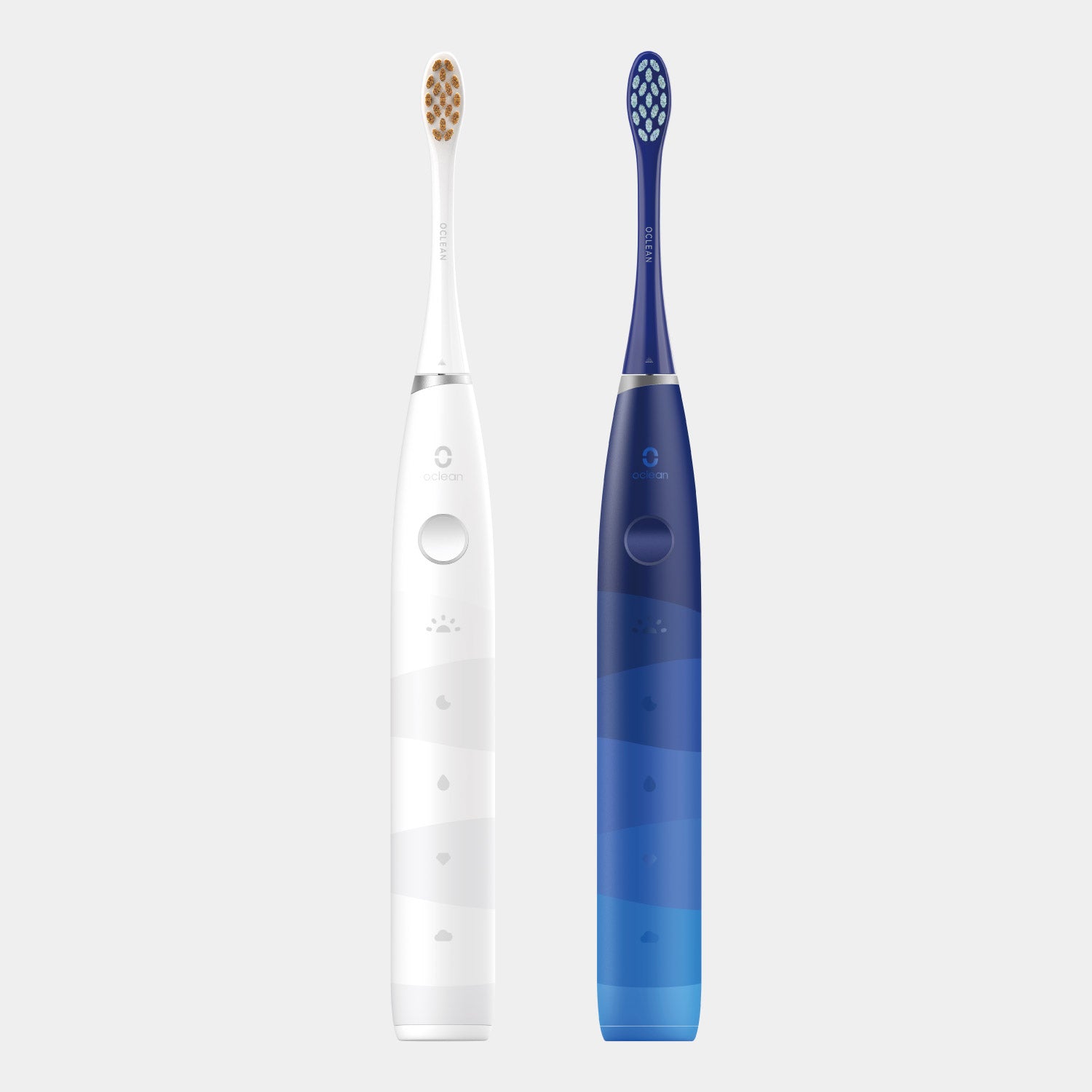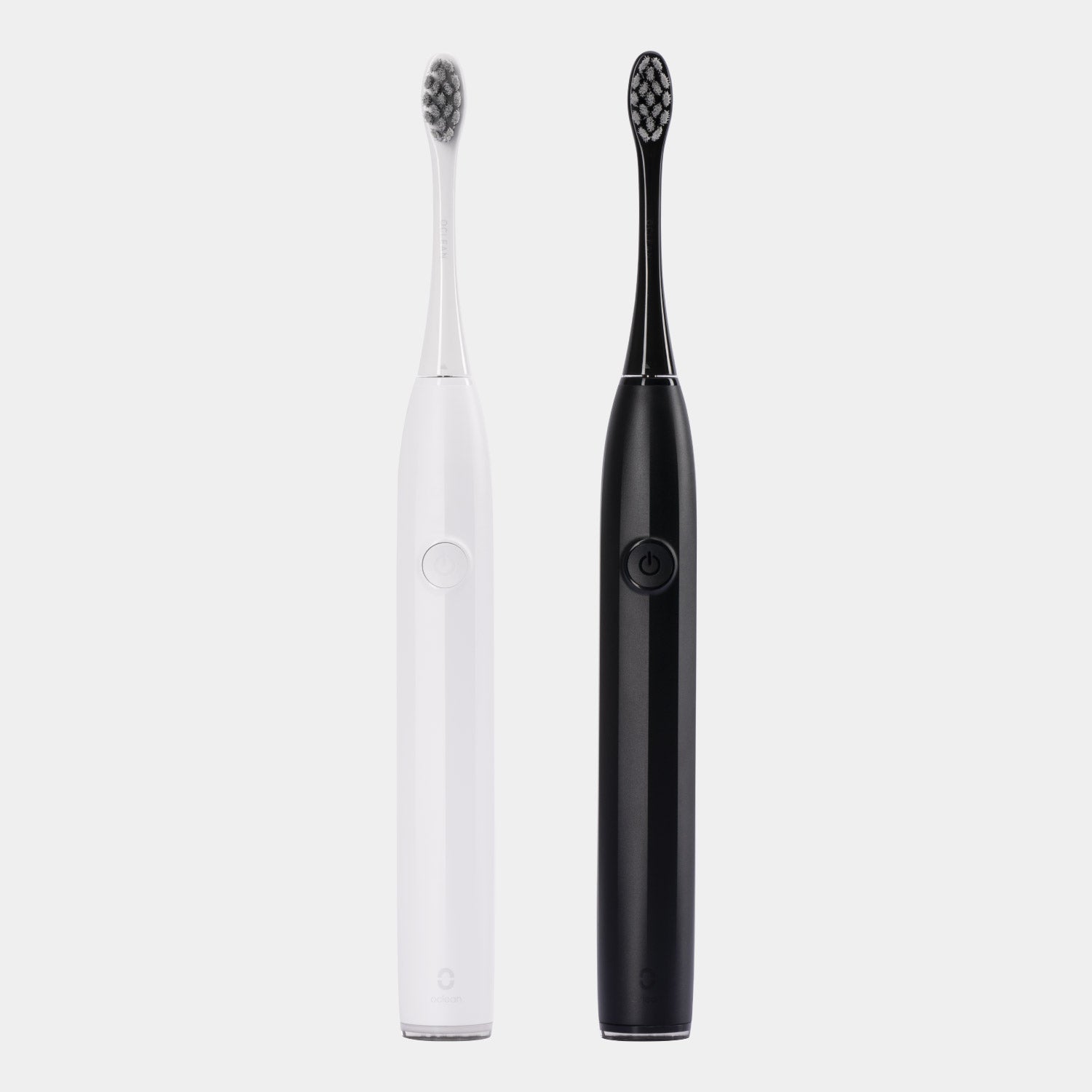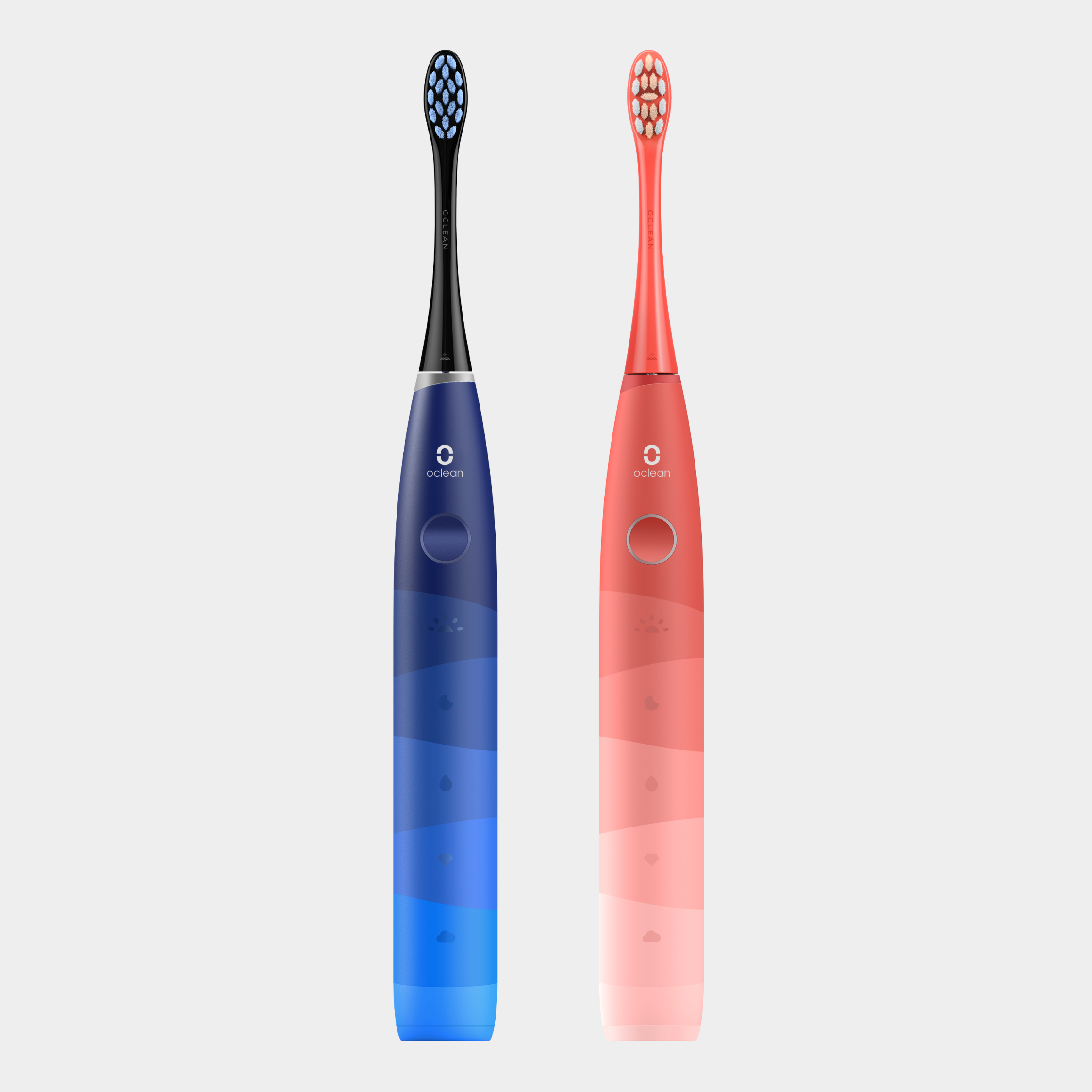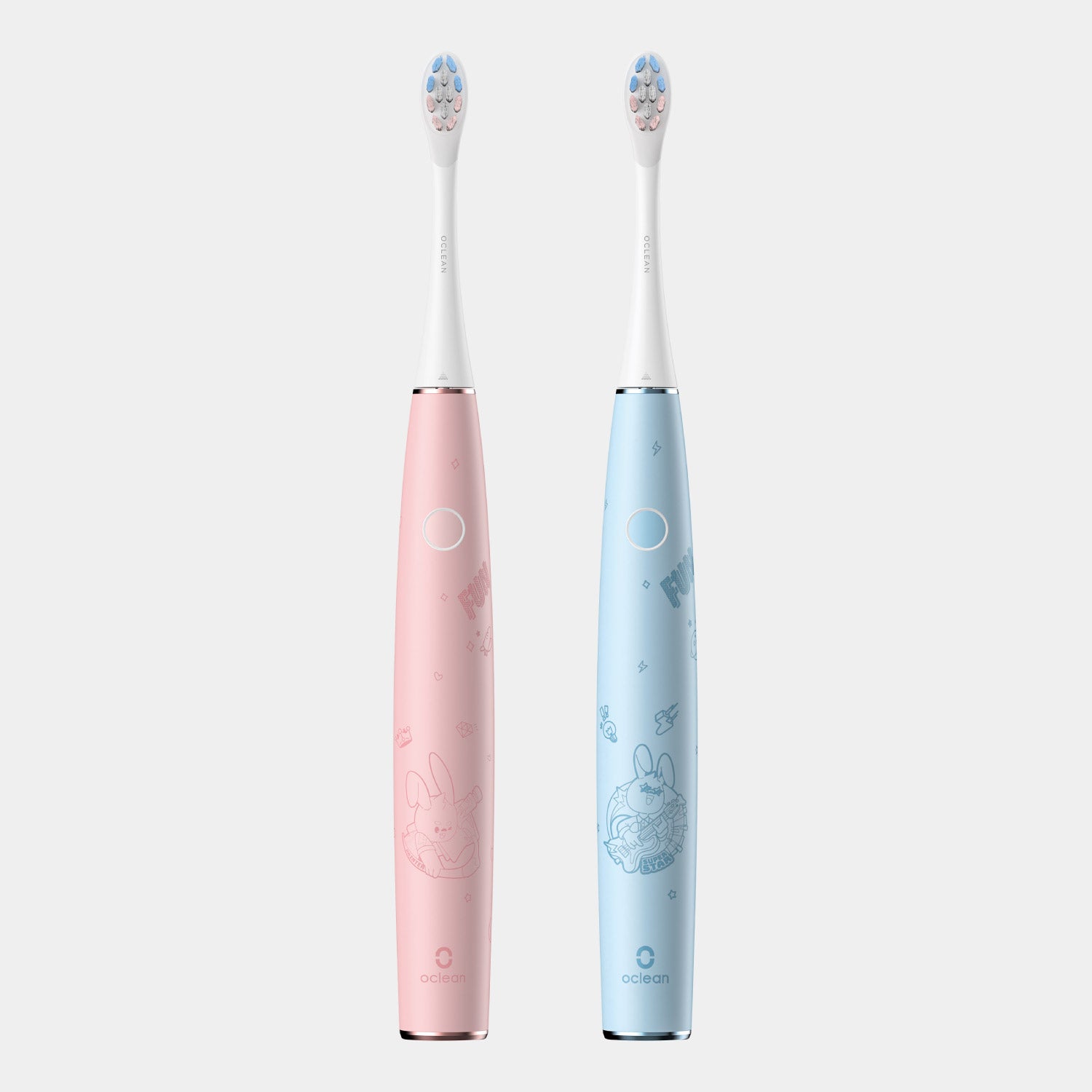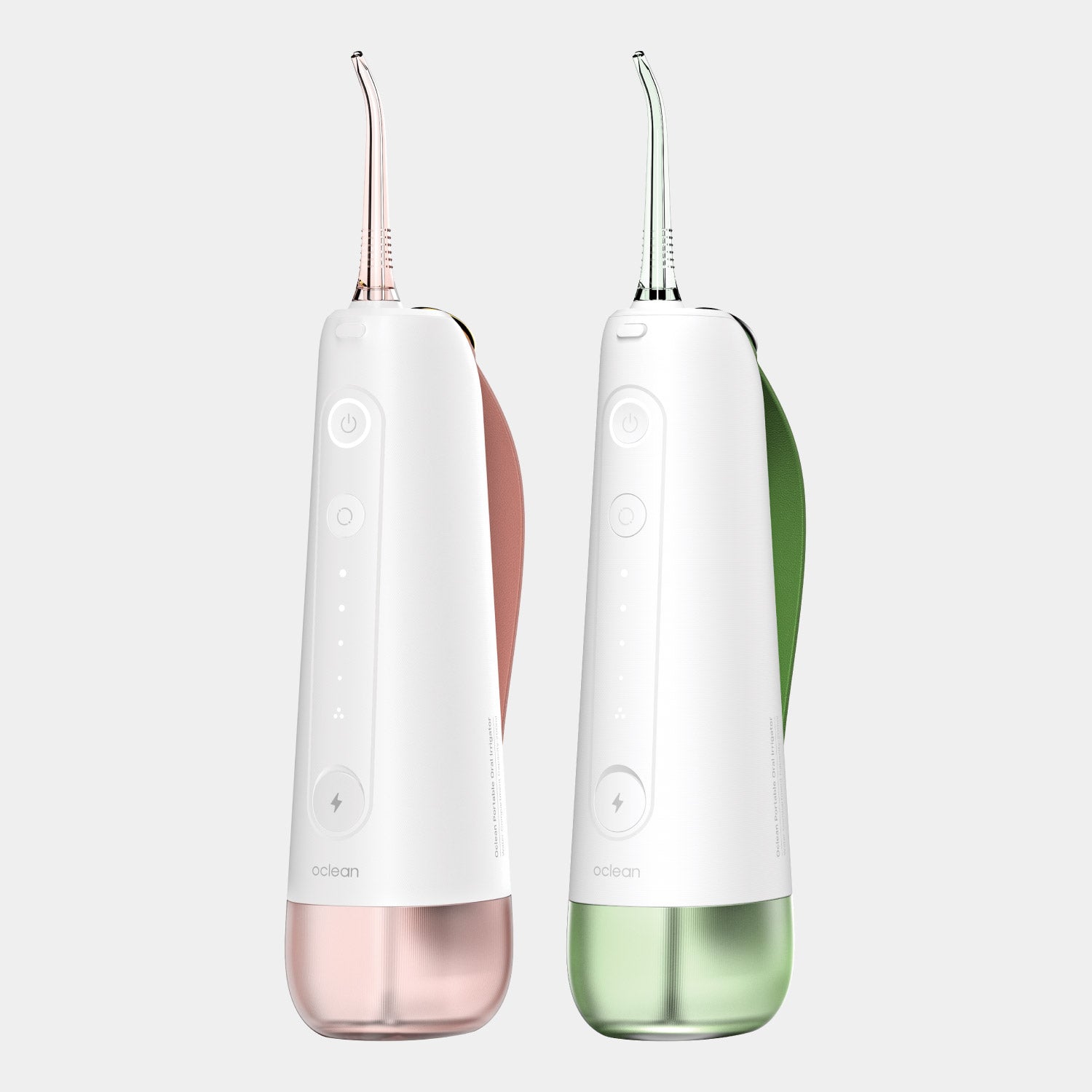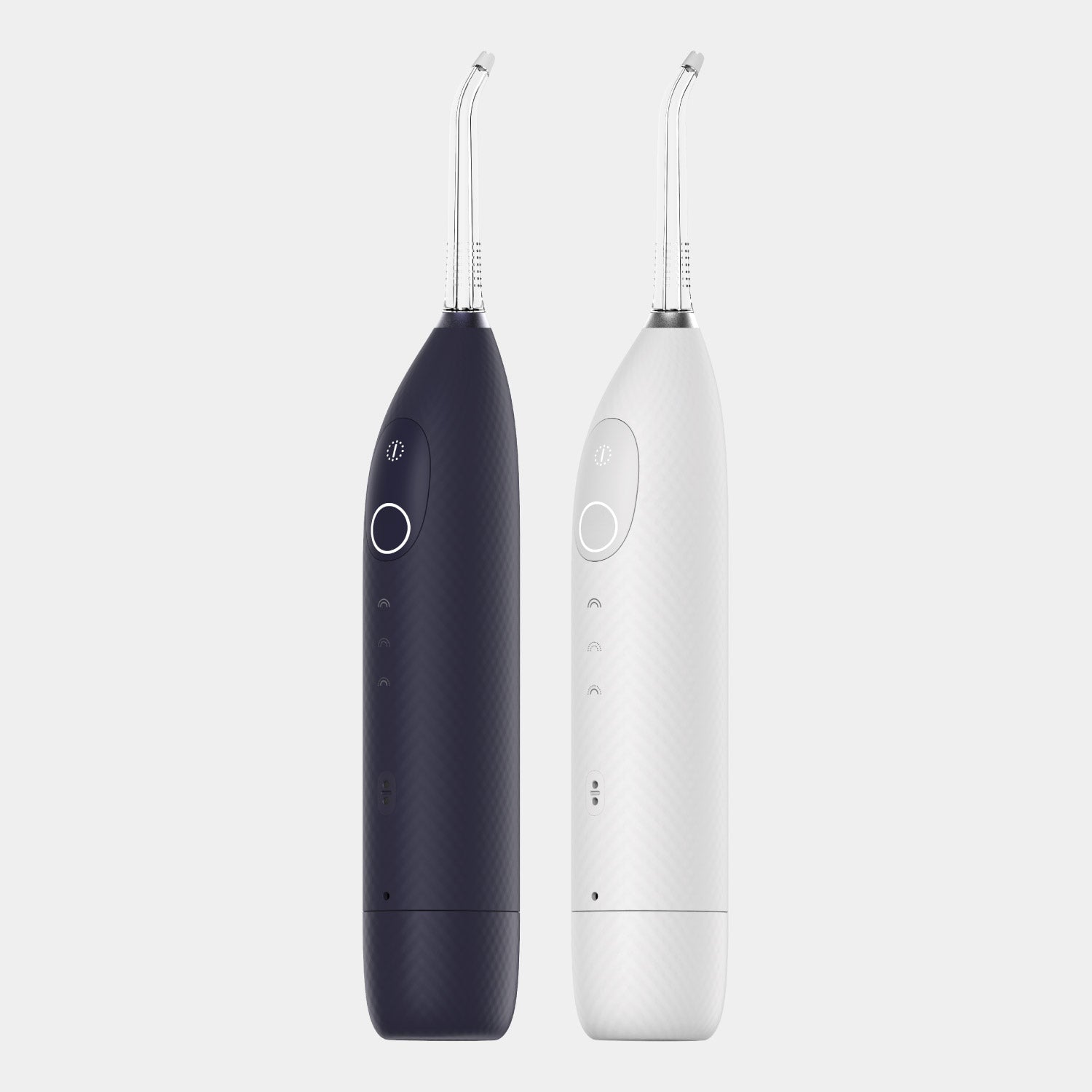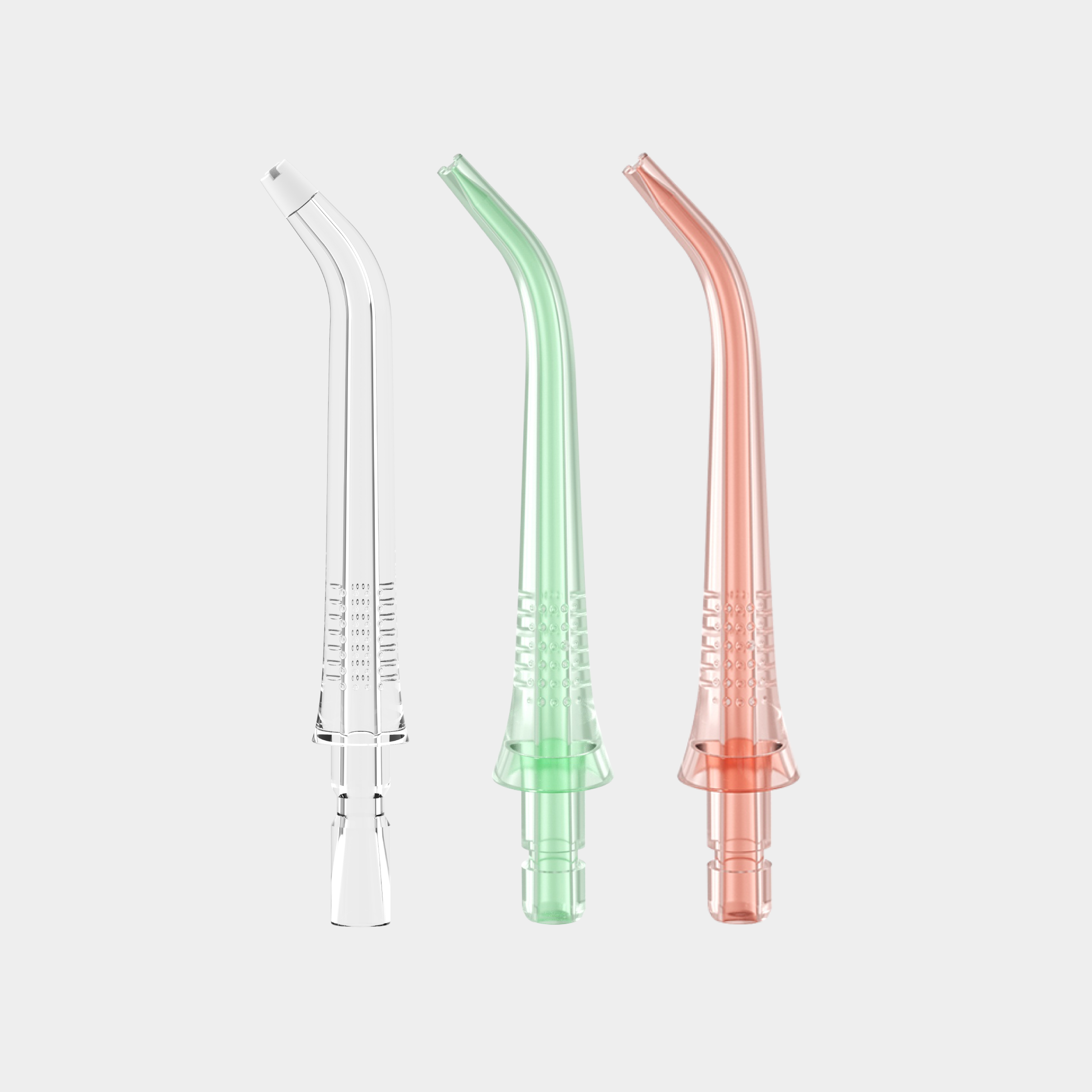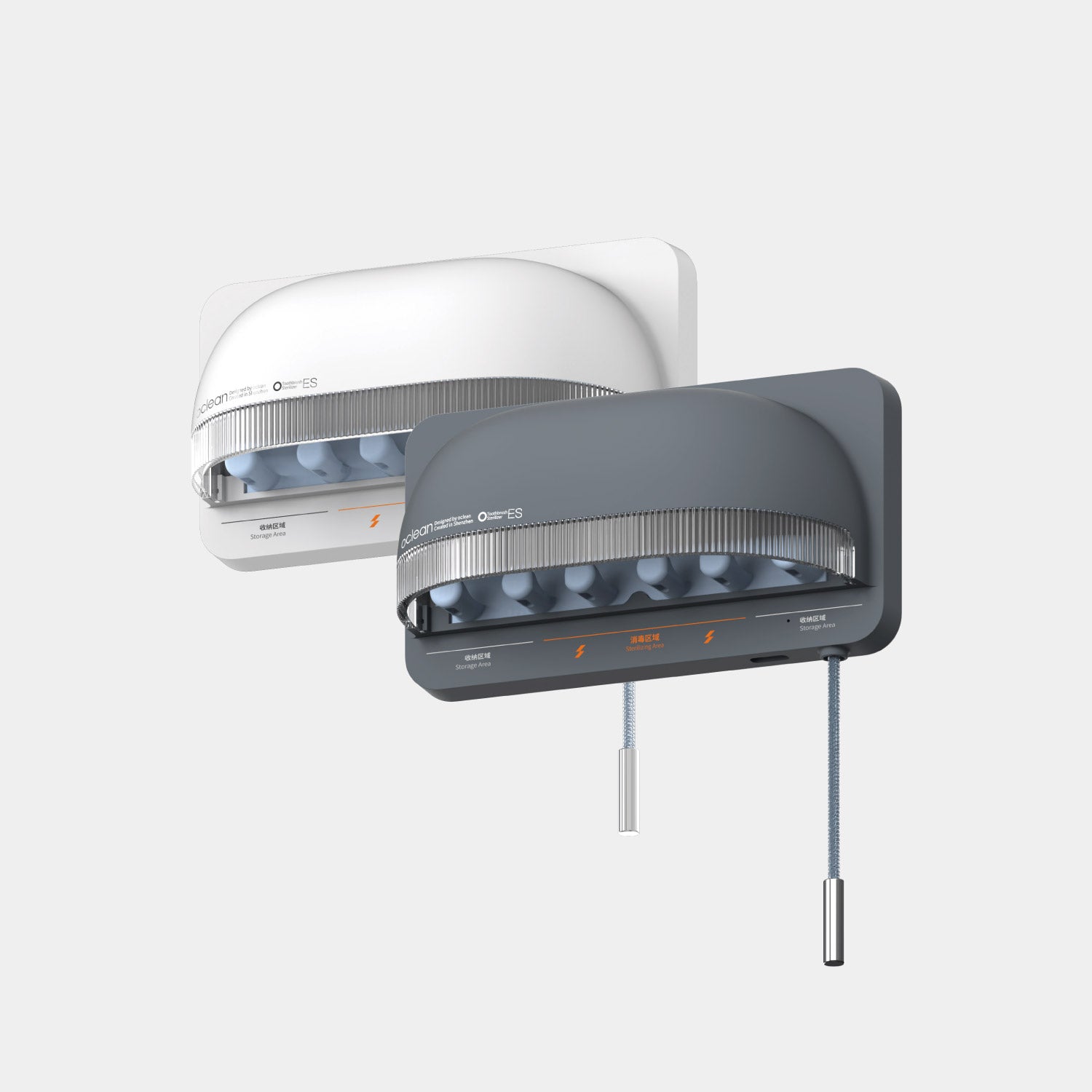Wisdom teeth are the most unique and mysterious teeth in your mouth, featuring various shapes and positions, and frequently creating multiple oral issues in their way. Learn when wisdom teeth typically emerge, how to recognize the typical issues associated with them, and some practical solutions to face multiple scenarios.

What Are Wisdom Teeth?
Wisdom teeth—professionally known as third molars— are the last set of adult teeth to develop in the mouth. They usually appear in adulthood, between ages 17 and 25, gaining their usual name wisdom teeth.
These molars are the most unpredictable teeth in your mouth, representing a challenge even for most dental professionals. Here you have a list of their most unique characteristics:
● They can have multiple shapes, ranging from looking like a regular molar to having irregular forms and unusual anatomy.
● They can appear tilted, rotated, or flipped upside down.
● They can have one or multiple roots.
● They have the most variable eruption times, meaning that some of them come in early while others might take years to appear.
● While one of them might have the usual shape and position, the others may vary independently.
Moreover, not everyone develops wisdom teeth, and some people may have only one, two, or three instead of all four.
Why Do We Have Wisdom Teeth?
Many anthropological studies suggest that wisdom teeth were essential for early humans diet, as it involved raw meats and hard plant materials. Evolution patterns show that these molars were indispensable for our ancestors who needed some extra chewing surface for their tough foods. However, modern diets and dental hygiene advancements (with modern tools like sonic electric toothbrushes) have made them less necessary, changing our jaw size over time and leading to many people having insufficient space for these last teeth.

When Do Wisdom Teeth Start to Come In?
While wisdom teeth timing varies from one individual to another, most wisdom teeth begin to erupt between ages 17 and 25. Moreover, there are multiple factors that can influence their eruption, including:
● Genetics: Having small or large maxillary bones can determine the presence or absence of these teeth and their position in the mouth.
● Tooth’s Anatomy: The shape of these molars also plays a significant role in their eruption time, delaying or anticipating it.
● Diet: Having the appropriate nutrition also impacts tooth development and eruption.
●Previous Dental Conditions: Having malocclusion or other dental issues early on might also impact wisdom teeth development and eruption, leading to variable eruption times.
● Oral health: It plays a crucial role in whether wisdom teeth emerge properly or become impacted. Frequent dental visits and the appropriate hygiene routine with sonic toothbrushes can help maintain oral hygiene and prevent complications.
First Signs of Wisdom Teeth Coming In
The first sign of a wisdom tooth eruption is a minor or severe pressure or discomfort at the back of your mouth, behind your second molars. Sometimes, this discomfort can travel to your ear, jaw, or even your temple, causing headaches and muscular constraints due to the shifting of teeth and the constant pressure.
Additionally, wisdom teeth eruption can also cause swelling, tenderness, or redness in the gums surrounding it, indicating that the tooth is pushing through your gums, trying to reach its desired position.
How to Tell If It’s a Wisdom Tooth or Something Else?
Gum inflammation and dental pain from wisdom teeth are hard to pinpoint, as they can mimic other dental issues like gingivitis or cavities. However, if you have excellent dental hygiene and no prior dental issues and start experiencing the previous signs in the back of your mouth, you should suspect a wisdom tooth issue, especially if you’re around your twenties.
In case of doubts, your dentist can confirm the source of the problems during a routine check-up.

How Do You Know When Your Wisdom Teeth Are Fully In?
Your third molars’ full eruption can take several months or even years. Moreover, in some cases, they may never fully emerge or simply come in partially, increasing the risk of infection or decay in themselves and their neighboring healthy teeth.
You should look for a full set of molars at the back of your mouth or any noticeable changes in bite alignment. Keep in mind that a fully erupted dentition should include 3 sets of molars on each side, 6 molars in your mandible, and another 6 on the upper side.
Do Wisdom Teeth Hurt When They Come In?
While mild discomfort or pressure is normal during the eruption, severe pain can indicate impaction or infection. When wisdom teeth eruption pain appears, it may come and go, worsening when chewing or brushing near the affected area.
Fortunately, an excellent hygiene routine using a sonic toothbrush can help keep the area clean and reduce bacterial buildup that may worsen the pain and inflammation.
How to Manage Wisdom Tooth Pain at Home
You can handle mild discomfort and help reduce swelling with cold compresses and over-the-counter pain relievers. Yet, avoid self-medication with antibiotics or other drugs unless instructed by a professional. Saltwater rinses and antibacterial mouthwashes can also prevent infections and keep the tissues free of harmful bacteria.
Additionally, avoid excessive pressure on the area while eating, and use a soft-bristle sonic electric toothbrush like the Oclean X Pro for gentle but effective cleaning.

Signs and Symptoms of Impacted Wisdom Teeth
Whenever suspecting of an impacted wisdom teeth, look for the following signs and symptoms:
● Persistent pain or pressure in the back of the teeth that doesn’t go away.
● Swollen, bleeding gums around the molar area.
● Jaw stiffness or difficulty opening your mouth.
● Recurring infections or bad breath.
● Constant cheek biting.
● Sudden teeth shifting or crowding.
How a Dentist Diagnoses Impacted Wisdom Teeth
The most reliable way to diagnose an impacted tooth is with dental X-rays. Most dental professionals use frequent studies like the panoramic X-ray, which offers a complete overview of your mouth and teeth development to assess your wisdom teeth’ position and whether they’re pressing against nerves or causing misalignment.
What to Do When Wisdom Teeth Come In
Your role in avoiding issues with your wisdom teeth comes down to maintaining good oral hygiene by using the appropriate tools, techniques, and complementary aids like dental floss, irrigators, and mouthwash. Visit your dentist regularly to prevent bacterial buildup and check for changes in gum swelling or pain levels.

When to Start Using a Sonic Toothbrush for Wisdom Teeth?
Brushing your wisdom teeth can be a challenge with conventional brushing methods. Therefore, consider using a sonic toothbrush as soon as wisdom teeth start to emerge to help keep the area clean and reduce inflammation. Their high-frequency vibrations and long handles allow you to reach deep between the teeth and gums, preventing plaque buildup and multiple oral conditions.
When to Seek Professional Treatment
Besides attending your regular check-ups, look for professional dental care if your wisdom tooth pain persists for more than a few days or if it worsens over time. Also, schedule a dental appointment if you notice difficulty swallowing, fever, or swelling spreading to the jaw as it may indicate an infection. Moreover, look for professional treatment options if your X-rays show your wisdom teeth growing in at an unhealthy angle or inducing crowding.
When Is Wisdom Tooth Removal Necessary?
Nowadays, wisdom teeth removal is more common than ever. While some third molars may erupt without issues and stay functional in the mouth, they are typically more problematic and useful, impacting healthy teeth negatively and even disrupting crucial treatments like orthodontics. Some of these situations include:
● Impacted teeth that don’t have enough room to emerge properly.
● Repeated infections or gum disease.
● Orthodontic concerns where wisdom teeth are shifting other teeth out of alignment.
Wisdom Tooth Extraction: What to Expect
Wisdom teeth removal is a common surgical procedure performed under local or general anesthesia. Although it is slightly more complex than a conventional extraction, it is a highly frequent procedure where the oral surgeon may need to remove gum or bone tissue to access the tooth. Your recovery depends on multiple factors, including the tooth’s position and the presence of infection, but it typically takes a few days to a week to fully heal with proper post-care.
How to Recover Quickly After Wisdom Tooth Removal
● Make sure you follow post-op care instructions, including mandatory rest, dietary restrictions, and medication for a few days.
● Use ice packs to reduce swelling and avoid using straws and spitting to prevent dry sockets.
● Keep the surgical area clean with a gentle sonic toothbrush, but avoid direct brushing on the extraction site, at least for the first 24–48 hours.

FAQs About Wisdom Teeth
Can You Keep Your Wisdom Teeth?
Yes, you may! If your wisdom teeth grow properly aligned and don’t cause issues, they can stay. However, you should attend regular dental cleanings and maintain proper brushing with a sonic electric toothbrush.
What Happens If You Don’t Remove Impacted Wisdom Teeth?
Impacted wisdom teeth have a high risk of pain, infections, tooth decay, and misalignment. Trapped molars also have the potential risk of forming cysts or tumors around the impacted tooth.
Conclusion
While wisdom teeth don’t always cause problems, they require early recognition and treatment to prevent further damage. Keeping your mouth clean with the appropriate tools can help prevent complications and maintain a healthy mouth.
If you experience pain, swelling, or difficulty chewing, consult your dentist to determine if you need a dental extraction or other treatments.
References
1. Muhsin, H., & Brizuela, M. (2023). Oral Surgery, Extraction of Mandibular Third Molars. In StatPearls. StatPearls Publishing.
2. Carter K, Worthington S. Predictors of Third Molar Impaction: A Systematic Review and Meta-analysis. Journal of Dental Research. 2016;95(3):267-276. doi:10.1177/0022034515615857
3. Georgios Kanavakis, Ragda Alamoudi, Elias S Oeschger, Manuel Tacchi, Demetrios Halazonetis, Nikolaos Gkantidis, Third molar agenesis relates to human craniofacial form, European Journal of Orthodontics, Volume 46, Issue 1, January 2024, cjad057, https://doi.org/10.1093/ejo/cjad057
4. De Jager, M., Rmaile, A., Darch, O., & Bikker, J. W. (2017). The effectiveness of manual versus high-frequency, high-amplitude sonic powered toothbrushes for oral health: a meta-analysis. J Clin Dent, 28(1).
Yeh, C. H., Lin, C. H., Ma, T. L., Peng, T. Y., Vo, T. T. T., Lin, W. N., … Lee, I. T. (2024). Comparison Between Powered and Manual Toothbrushes Effectiveness for Maintaining an Optimal Oral Health Status. Clinical, Cosmetic and Investigational Dentistry, 16, 381–396. https://doi.org/10.2147/CCIDE.S490156



